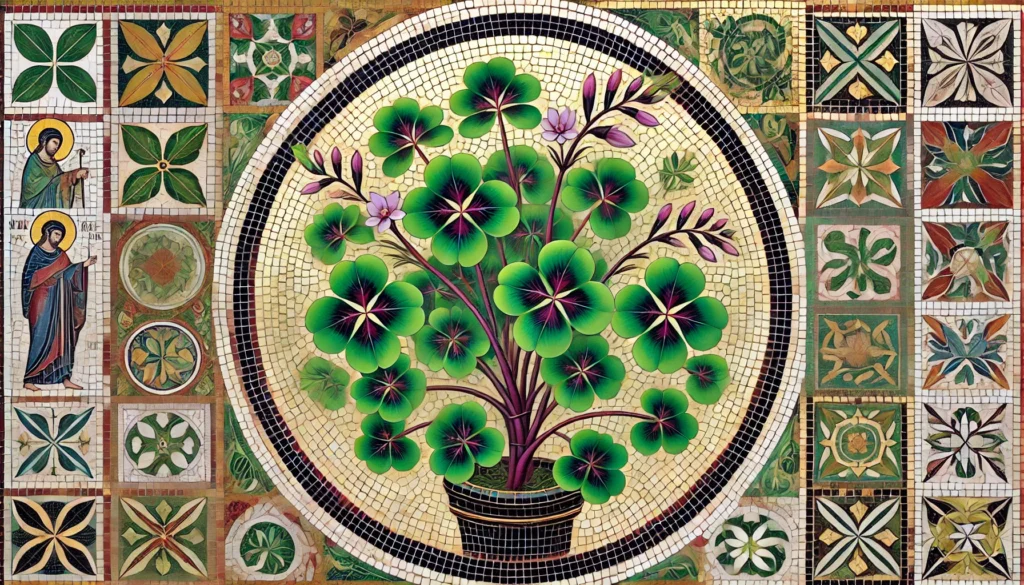

Home » Cat Plants » Is Your Cat at Risk from the Good Luck Plant?

The Good Luck Plant, also known as the Shamrock Plant or Sorrel, is a common houseplant that can be toxic to cats. While cats are not actually allergic to this plant, ingesting any part of it can cause serious health issues due to the presence of soluble calcium oxalates, which are poisonous compounds for felines.
The Good Luck Plant is often found in homes and offices as a decorative potted plant.
Ingestion may cause mild gastrointestinal upset, but is generally not life-threatening.
Ingestion can result in mild symptoms like vomiting, diarrhea, or drooling. Rarely fatal but may require veterinary care.
Eating these plants can lead to more pronounced symptoms like abdominal pain, lethargy, or difficulty breathing. Veterinary intervention may be necessary.
Ingesting even small amounts can cause severe symptoms like organ damage, seizures, or cardiac failure without rapid treatment.
All parts of these plants are extremely poisonous to cats and can quickly lead to death, even with immediate veterinary care.
** Please note: Please note that toxicity level can vary based on the amount ingested and the specific cat. It's always best to keep these plants completely inaccessible to cats and seek immediate veterinary care or call the poison hotline if you suspect your cat has ingested any part of a toxic plant.
If your cat has ingested any part of a Good Luck Plant, they may experience various symptoms of toxicity. These can include:
In more severe cases, kidney failure may occur. Symptoms usually appear within 12 hours of ingestion and can range from mild to life-threatening depending on the amount consumed.
If you suspect your cat has eaten part of a Good Luck Plant, it’s important to seek veterinary care immediately. Your vet will likely perform the following steps to diagnose and treat the toxicity:

A: Yes, the Good Luck Plant is harmful to cats. Ingestion can cause symptoms like vomiting, lethargy, and loss of appetite.
A: The symptoms of Good Luck Plant poisoning in cats include vomiting, drooling, and lethargy. If you notice these signs, contact your veterinarian immediately.
A: To keep your cat safe from toxic plants, ensure that you identify and remove any dangerous plants from your home. Additionally, provide your cat with safe, cat-friendly plants to satisfy their curiosity.
A: If your cat eats a Good Luck Plant, contact your veterinarian right away. Early intervention can prevent severe health issues and ensure your cat’s safety.
A: Yes, there are safe alternatives to the Good Luck Plant for cat owners. Consider plants like spider plants, Boston ferns, and cat grass, which are non-toxic and safe for feline friends.
A: While a small amount of Good Luck Plant may not be fatal, it can still cause significant health issues. Always seek veterinary advice if you suspect your cat has ingested any amount of a toxic plant.
The Good Luck Plant is native to South America and Africa. It gets its common name from the clover-like appearance of its leaves, which are said to bring good fortune. The plant belongs to the Oxalidaceae family, which contains over 900 species of herbaceous plants. Many Oxalis species are popular as ornamental plants due to their delicate flowers and foliage.
Please note: The information shared in this post is for informational purposes only and should not be considered as veterinary medical advice.
🐾 A hilarious or heart-melting cat video
🐾 Our latest paws-on review of a cool cat toy